Today I realised that I hadn’t I hadn’t reported on the new reserve for a number of weeks now and I also realised many changes had occurred since I had last written about it, that I’m not sure where to start this piece but will go with the important and traditional word about the weather.
So, I’ve reported about how warm the winter was and saw some of the plants in the reserve staying green throughout the cold season. So, the cold weather that moved over the country from mid-April into early May then proceeded to slow down plant growth and many of the seedlings I had planted struggled to grow. These particularly cold night really held back the growth and was only relieved about a week ago with the arrival of some warmer conditions. The reaction of the warmth was the kick started the plants and many species put on rapid growth and some came into flower to join the already flowering Green Alkanet and Common Forget Me Knot. I was encouraged to see plants that I had sown or planted coming into flower for the first time.
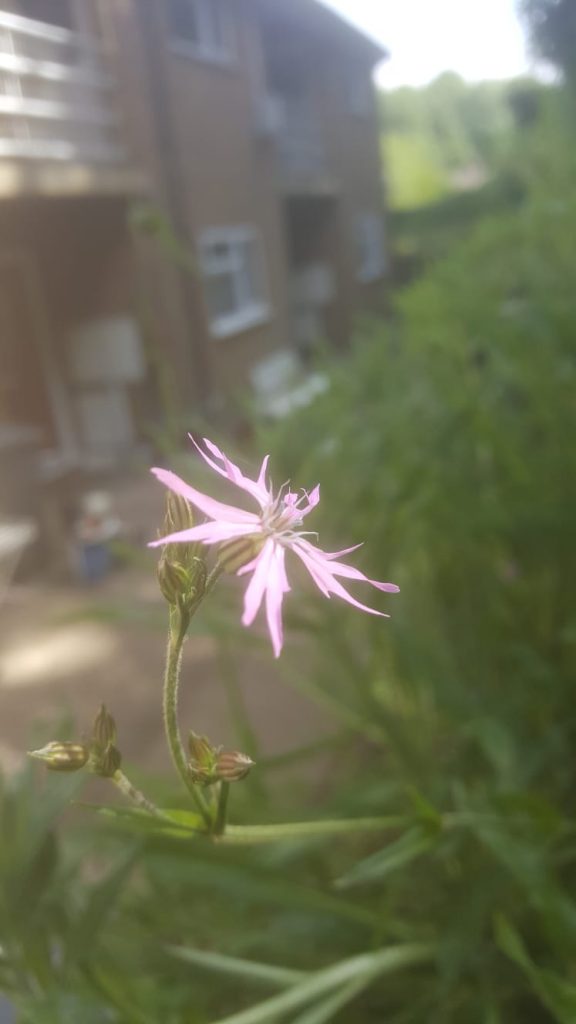
These new flowers included ones that I had bought as plugs and ones I had grown from seed and I as write this there is the beginnings of an array of colour with Cut Leaved Cranesbill, Ragged Robin, Birds Foot Trefoil, Charlock, Red Valerian, Germander Speedwell and the first Common/Black Knapweed all coming into flower in the 10 days. It was not only the new flowers that were growing but a whole host of unwanted plants, commonly called weeds, we’re proliferating in places and I have spent a good few hours trying stop their invasion and will have to keep doing so in order to give the new flowers a chance to establish themselves.
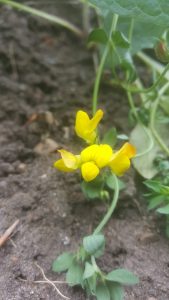
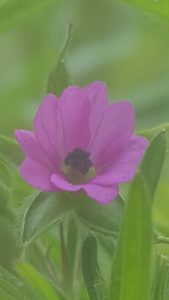
In the second week in April whilst talking with my neighbour I discovered that the boundary of the garden/reserve expended into the woodland on the bank behind the flats. This news sent me into a lot of thought about how this area could be connected with the area that I had already started trying to manage for wildlife. The woodland is a mix of broadleaved trees with everything from Pedunculate Oak, Hornbeam and Sweet Chestnut to the more common Sycamore and Ash. These last two species were shading large areas of the new reserve and gardens bordering it. After a couple walks in the woods I found a few old Hazel coppice stools that had been abandoned and grown leggy and old Hawthorn that had been chopped down every few years and done the same. I decided that removing some of the Sycamore and Ash would help some ground flora grow and I could try to create a small area of Hazel coppice that would give the wood land in general more biodiversity. The aforementioned cold weather had held the plant growth up and I felt there was enough time to take some of the trees down and I borrowed an electric chainsaw and spent a few hours taking the shade offenders down. When I took the Ash trees down I discovered that they had the Ash dieback disease Chalara and were destined to die before I felled them. I had better say that I have been trained in the use of chainsaws and looked at health and safety before under taking the work. I only did a few hours work because the leaves started to appear and there were Blackcap and Chiffchaff using the area and I didn’t want to scare them away. They do still seem to be holding territory in the area and the male Blackcap even sat on the pile of brash I had piled up and sang the other day. The woodland work has been started and will start again in the autumn once the birds have stopped nesting and the plants have died back. Exciting times ahead.
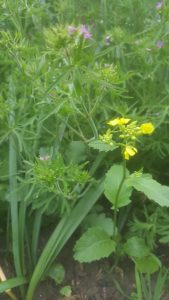
Other wildlife sightings have also been encouraging and hopefully are showing the improvements in the local habitat. I was up early one morning and observed a pair of Jay’s feeding for 15 minutes on a whole host of food from animal to vegetable. The Jays were joined for a little while a Song Thrush who was then chased of by a male Blackbird whilst a Mistle Thrush sang in the woods behind. There have been quite a few Bullfinch sightings and I’m fairly sure they are breeding in some bramble scrub on the edge of the woods…
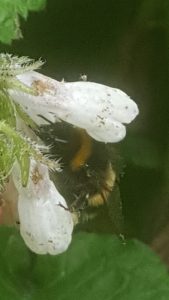
There have been a couple of interesting insects seen with a Grey-Patched Mining Bee seen on a dandelion on April 25th and a Lesser Stag Beetle on the May 21st.
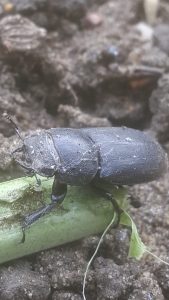
Up to 5 White Tailed Bumblebees have been seen on a number of days using the few available flowers that were present and I’m hoping that with the emergence of more flowers they will in turn attract more insects to the area. We shall see what happens.
